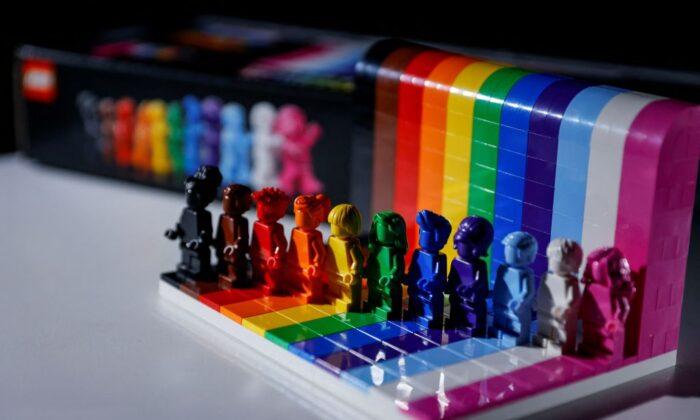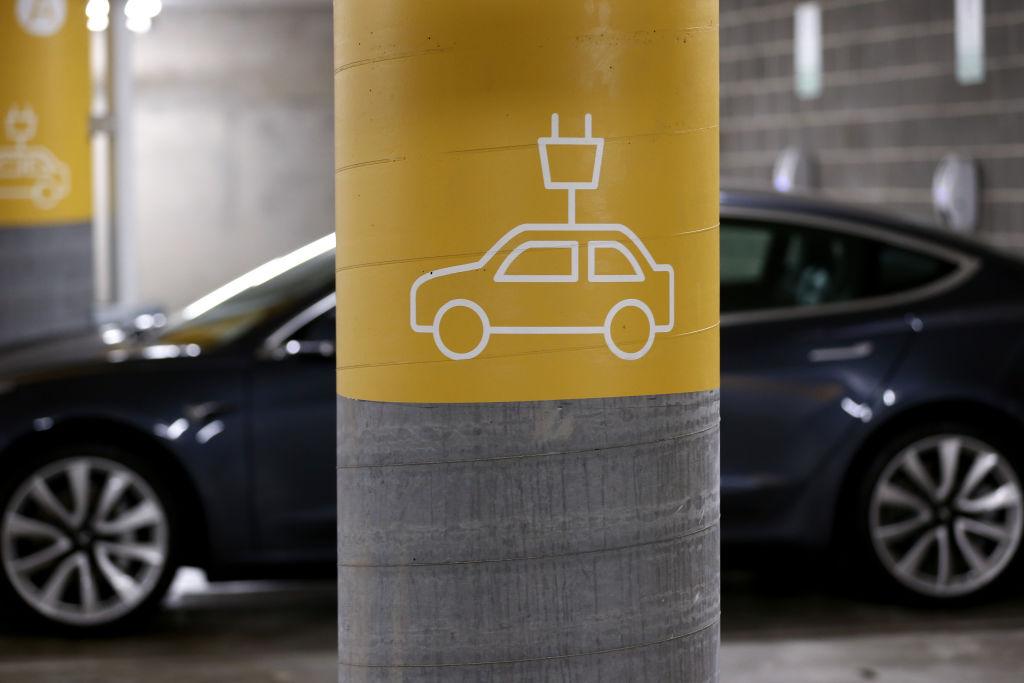A record number of Australian homes now cost more than $1 million (US$684,060), according to the latest CoreLogic report.
The latest Million-Dollar Markets report revealed 29.3 percent of a surveyed 4,772 suburbs had median values of $1 million or more, as of August.
This marks an 8 percent increase from the previous figure of 21.7 percent in January 2023, when property values levelled out following a series of interest rate hikes.
In contrast, at the start of the COVID-19 pandemic, only 14.3 percent of housing markets had surpassed the million-dollar mark.
Sydney and Brisbane both saw an additional 46 suburbs cross the million-dollar mark.
This was followed by the greater Perth region (36 suburbs), regional Queensland (30 suburbs mainly in Gold Coast and Sunshine Coast), greater Adelaide (29 suburbs), and regional New South Wales (22 suburbs, with the northern NSW area of Casuarina reaching a median of $2,320,189).
Between capital cities, Sydney house prices led the way with a median of $1,180,463.
Following Sydney, Brisbane recorded a rise in dwelling values by 15 percent over the past year to $875,040.
Kaytlin Ezzy, CoreLogic economist, noted that the positive flow of interstate migration and a shortage of housing stock have contributed to Brisbane’s soaring property values, which have risen by 65.1 percent since the pandemic began.
Housing Inflation Still Strong
Meanwhile, inflation numbers released by the Australian Bureau of Statistics on Sept. 25 did not show much relief for the housing sector.The report highlighted that the prices for new homes and major renovations increased by 5.1 percent over the past year. Builders have raised prices to cover for increased labour and material costs.
Rents also rose 6.8 percent, slightly down from the 6.9 percent increase seen in July. This high rental price growth is primarily due to a tight rental market, with few available properties in most capital cities.
According to the CoreLogic report, affordability continues to be a significant issue at the national level.
Homebuyers are now allocating a greater share of their income towards mortgage repayments.
For example, a household with an $800,000 loan would need an annual income of nearly $200,000 to ensure that repayments remain under 30 percent of their income.
This marks a substantial increase from the roughly $125,000 required before the initial interest rate increase.







